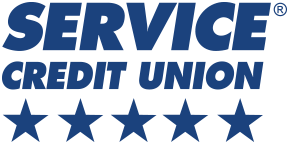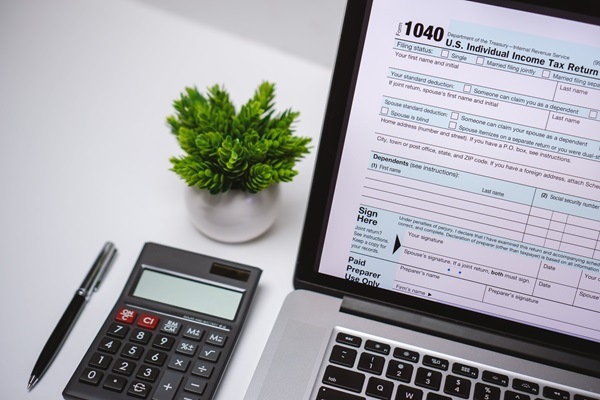What to Know as Interest Rates Continue to Rise

The below content is meant to be informational and not used as financial advice.
With the cost of gas, groceries and housing all going up, the Fed’s plans to increase interest rates may seem like another slap in the face in a series of hits. So why is the government choosing to raise rates now, and what does it mean for you?
When borrowing costs rise, inflation can actually slow down because demand decreases. For example, higher rates mean fewer people can afford to buy homes and cars, and fewer business can afford to expand, which means overall spending also pulls back. While slowing down the economy may not make sense in the moment, a smaller setback now could mean a less painful one down the line. That translates into setting the path for an eventual expansion by reducing inflation and thereby trying to avoid a recession.
We understand that may put a damper on some of your financial plans, but hope is not totally lost. Here are some money moves to consider as interest rates continue to rise:
Take advantage of balance transfer offers
Most credit cards offer a variable APR, which is an annual percentage rate of interest that varies over time as the prime rate changes. The prime rate is generally three percentage points higher than the federal funds rate, which is an interest rate set by the Federal Reserve Board and used to determine how much interest banks should charge each other when making overnight loans to fulfill reserve requirements. This rate helps banks, credit unions and other lenders determine how much interest to charge for consumer credit products. (For example, if you have a good or excellent credit score, you will have a “prime credit score” and are likely to be offered lower interest rates). The Wall Street Journal prime rate is widely considered a trailing economic indicator, and many lenders specify this as the source of their own index.
Because credit card interest rates are most closely linked to the prime rate, if you have outstanding debt, or debt on multiple credit cards, now may be the time to take advantage of low-interest credit card balance transfer offers. By moving all your debt to one card with a lower interest rate, you’ll be able to pay it off faster.
If you own a home, you may also want to take advantage of fixed-rate Home Equity Lines of Credit (HELOC) to borrow against your home at a rate typically much lower than that of credit cards.
Lock in rates now
If buying a home or car is an absolute must for you this year, and you’ll need to finance your purchase, it may be best not to wait. Lock in your interest rates before they climb again, whether it’s for a vehicle loan, mortgage or even personal loan. If you’ve been thinking about refinancing a loan, check to see whether current rates are lower than your existing interest rate, and speak to a lending professional today.
Boost your savings
With the cost of borrowing money rising, and the stock market still volatile due to global conflict and supply chain demand issues, now may be the time to start thinking about saving more. Look into a high-interest earning savings account and other savings vehicles. You could even earn dividends on your checking account.
Don’t panic. Our team of financial experts is here to help you get, and stay, financially well.




